Back to the Childhood: Co-Designing with Kids
Whether we like it or not our children have become active internet users these days. They play, communicate and learn online. Sometimes it’s easier for a kid to find an answer on some urgent question online, than address it to constantly busy parents.
Of course we can’t assert that internet is 100% useful for our children as it’s not true, but nevertheless, you can’t but agree that with proper approach, control and certain restrictions virtual reality becomes friendly and safe for our offsprings. Anyway, we can’t make the hands move counterclockwise, the progress can’t be stopped, so the most reasonable thing to do is to get to know our children better and correct what we can in order to make the web harmless for immature children’s psychology.
When we start a new web project oriented on children’s audience, it seems quite logically to study their tastes and preferences at first hand. Children’s minds are not littered by common standards and cliché; they are absolutely creative and have unconventional viewpoints on all even the most complicated matters. In addition they are always ready to share their thoughts if we are willing to hear them.
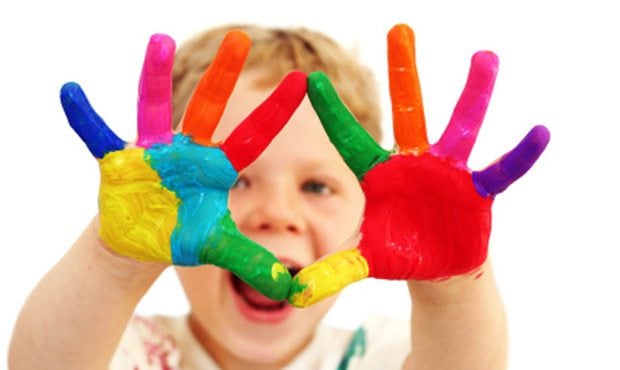
Creativity Stems from your Passion by PraveenbenK
Of course involving kids in co-design process is not as simple as it seems at first sight. As any project it takes a lot of preliminary studies and preparation if we want to reach positive results.
Children can be engaged in the creative process as users, testers, informants and partners. There exists a set of methods and techniques how to make their participation interesting and enjoyable.

Playing with cars by Ernst Vikne
Sometimes it is very useful to warm up children’s interest, inspire them with the help of simple understandable exercises, such as filling workbooks, journals, diaries, storytelling, illustrated with pictures and videos, made with their own hands. However, you should be ready that a child does not need any introductory drills and is willing to offer multiple suggestions on product improvement straight away. This happens when the kid is acknowledged with the issue and faces it in the everyday life.
When you begin ingenuous research work, you should have a set of tools and words acceptable and understandable for the particular age group you are dealing with.
Now we will speak about the methods working well with youngsters of 6 years and older.
Communicating with children it’s very important to peep into their souls. As a rule, kids are like open books, where we can read their dreams, emotions, ideas, fears and values.
Offer a child to make a collage, choosing images from a large heap and you will be able to get to know about his or her feelings and emotions.

Collage by Megalibobois
The method of context mapping lets us submerge into the youth’s world. Due to this absorbing game we become aware of the priorities in child’s life.
There are many ways to stimulate a child for storytelling, i.e.: drawing, modeling, role playing, storyboards, fantasy games and many others.
At a certain moment you understand that your generative methods gave their fruit and castles in the air built by your restless companions start to gain quite realistic forms. Here comes the phase of conceptualization, where we summarize all joint ideas and formulate main theses related to the improved or brand new product.
This stage reminds a puzzle game when children try to create website, virtual world or interface prototypes from unsophisticated blocks of different shapes and colors.
It is also rather productive to encourage each child in a group to generate own ideas and then combine them with the ones worked out by other members. The game should result in one macro project developed by the team.
Sometimes a ready-made product or its pilot is offered to a group of kids and adults for analysis. After examination the researchers write their comments on sticky notes and place them on a wall for further systematization and estimation of iterative points.
The next method we would like to highlight is when the tenants start to develop an idea during the first session and continue to develop it during subsequent meetings adding more specific details to the final project.
If you are interested in bringing into play a vast circle of young users, an open innovation method seems very attractive. Its essence lies in collecting ideas via special forms or communication channels on your website and further implementation of the most decent ones.
Virtual co-design also has its tools for kids’ expression such as colors, markers, scissors and many others.
The place and time of computer co-design session is extremely important. They should be comfortable for children and correspond to their biorhythms. Usually, young designers feel relaxed at home and at school, where the rooms are airy and they have access to all necessary devices. If kids are your company fans, it would be great to make an excursion around the office and get acquainted with the staff. It’s better not to expect amazing results from the first session, as guys need some time to get used to the atmosphere and their future work. You can try to make friends with them asking questions about their favorite activities, toys, characters and so on. The recommended time of co-design sessions is one hour, but they can be extended to two or three hours depending on child’s mood and temperament.
As a matter of fact kids of various ages show different reactions on the same things, that’s why it’s very important to consider age characteristics while working with young partners.
- For instance, it’s better to invite parents together with kids from 3 to 6 years. Feeling parents’ support little ones behave more confident and you always have the possibility to ask for explanation in case you don’t understand something.
- The age group from 7 to 11 makes friends easily and it’s worth to utilize this feature during sessions. Online research methods also give good results.
- Children of 12 years and up are rather independent and self aware. Their behavior is similar to adults’, but this shouldn’t mislead you. Talk to them on equal terms, but don’t forget that they are still kids and like to play. It’s preferably to conduct individual or micro group sessions as teenagers are very vulnerable and require much attention. Open innovation method is appropriate here either.
To cut a long story short, we would like to underline how important is to hear and show sincere interest when kids share their ideas with you. Formulate your questions in a simple, friendly, understandable manner. Don’t be too serious, smile, act like a child, play and enjoy the process. Try to recollect what admired you in your childhood, what seemed beautiful, interesting, what you loved and considered important. This will help you get maximum pleasure and benefit from communication with cute designers. Children’s creativity and imagination have no limits, their world outlook cardinally differs from ours and they visit websites more for fun and entertainment rather than to find some training or information for learning.
When we grow up, there is no way back to happy risible childhood, nevertheless we will try to present you some precious moments of inspiration. View our bright, colored collection of top rated websites for kids; maybe this experience will help you in your creative projects.
* * *
* * *
Lego
* * *
* * *
* * *
* * *
* * *
* * *
S.O.S. Mamute
* * *
Don’t miss out these all-time favourites
- The best hosting for a WordPress website. Tap our link to get the best price on the market with 82% off. If HostPapa didn’t impress you check out other alternatives.
- Monthly SEO service and On-Page SEO - to increase your website organic traffic.
- Website Installation service - to get your template up and running within just 6 hours without hassle. No minute is wasted and the work is going.
- ONE Membership - to download unlimited number of WordPress themes, plugins, ppt and other products within one license. Since bigger is always better.
Get more to your email
Subscribe to our newsletter and access exclusive content and offers available only to MonsterPost subscribers.


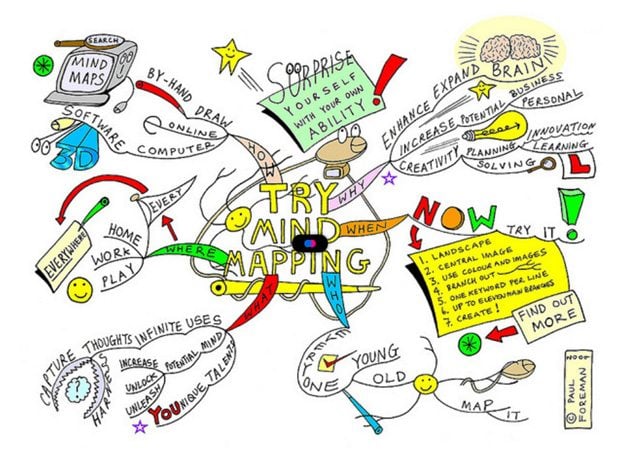




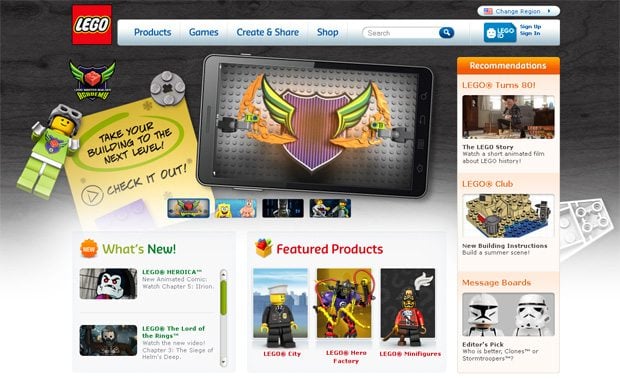
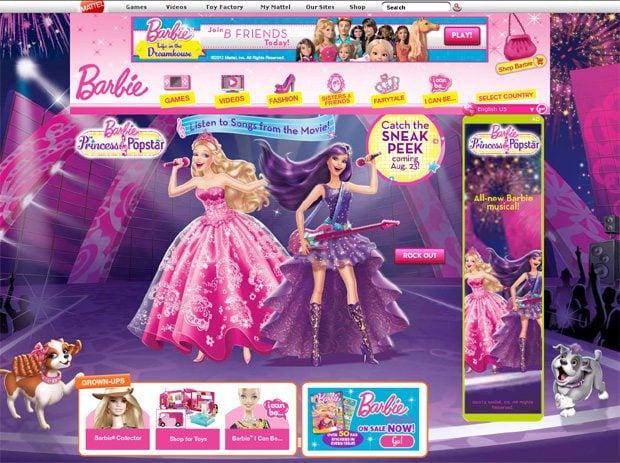
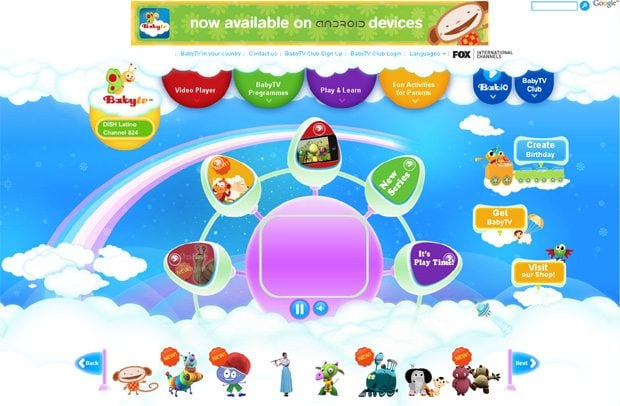
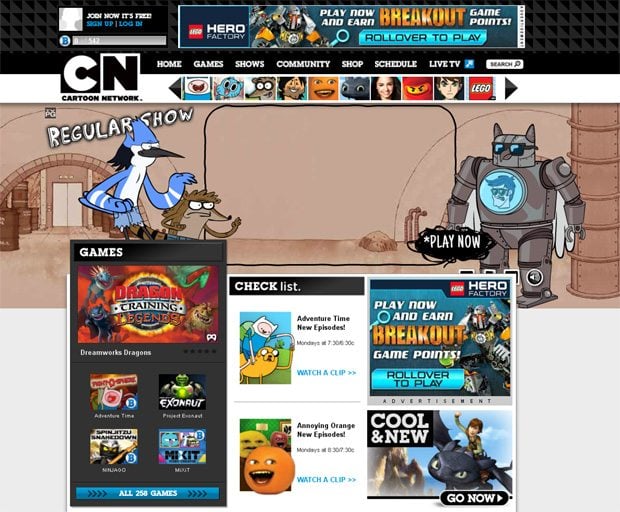
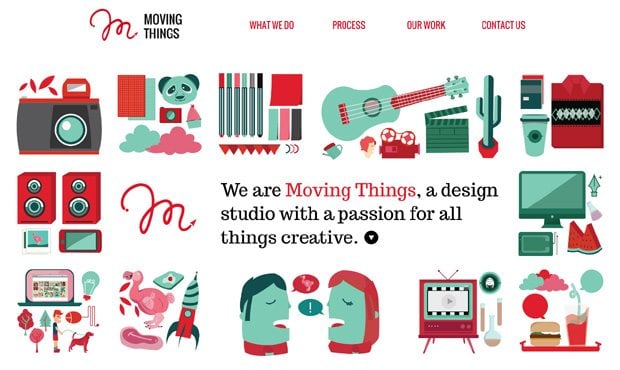
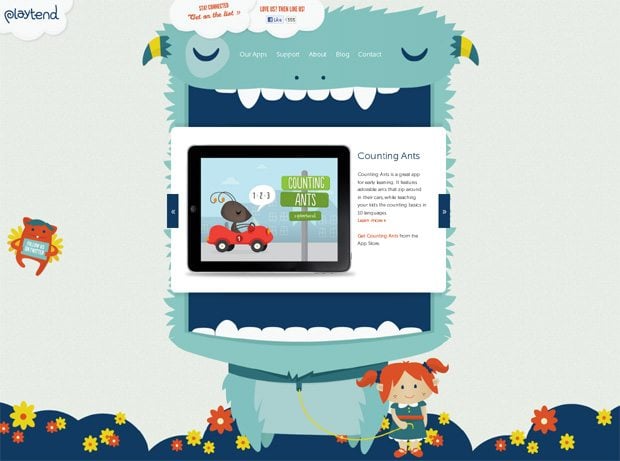
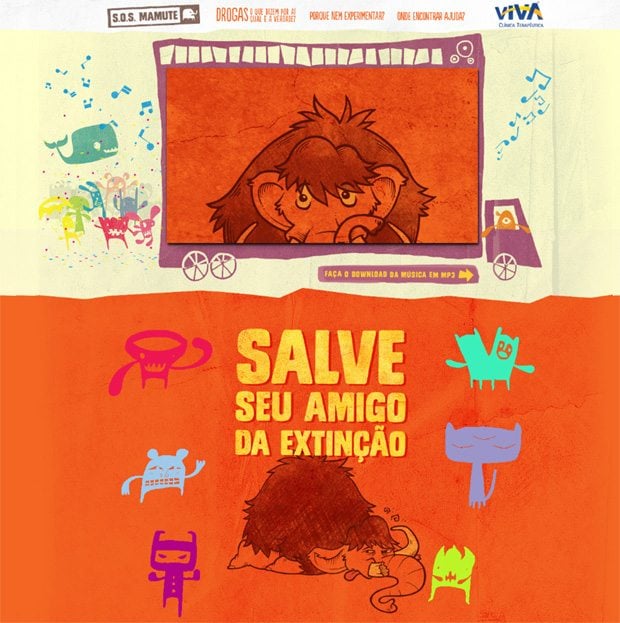
Leave a Reply
You must be logged in to post a comment.